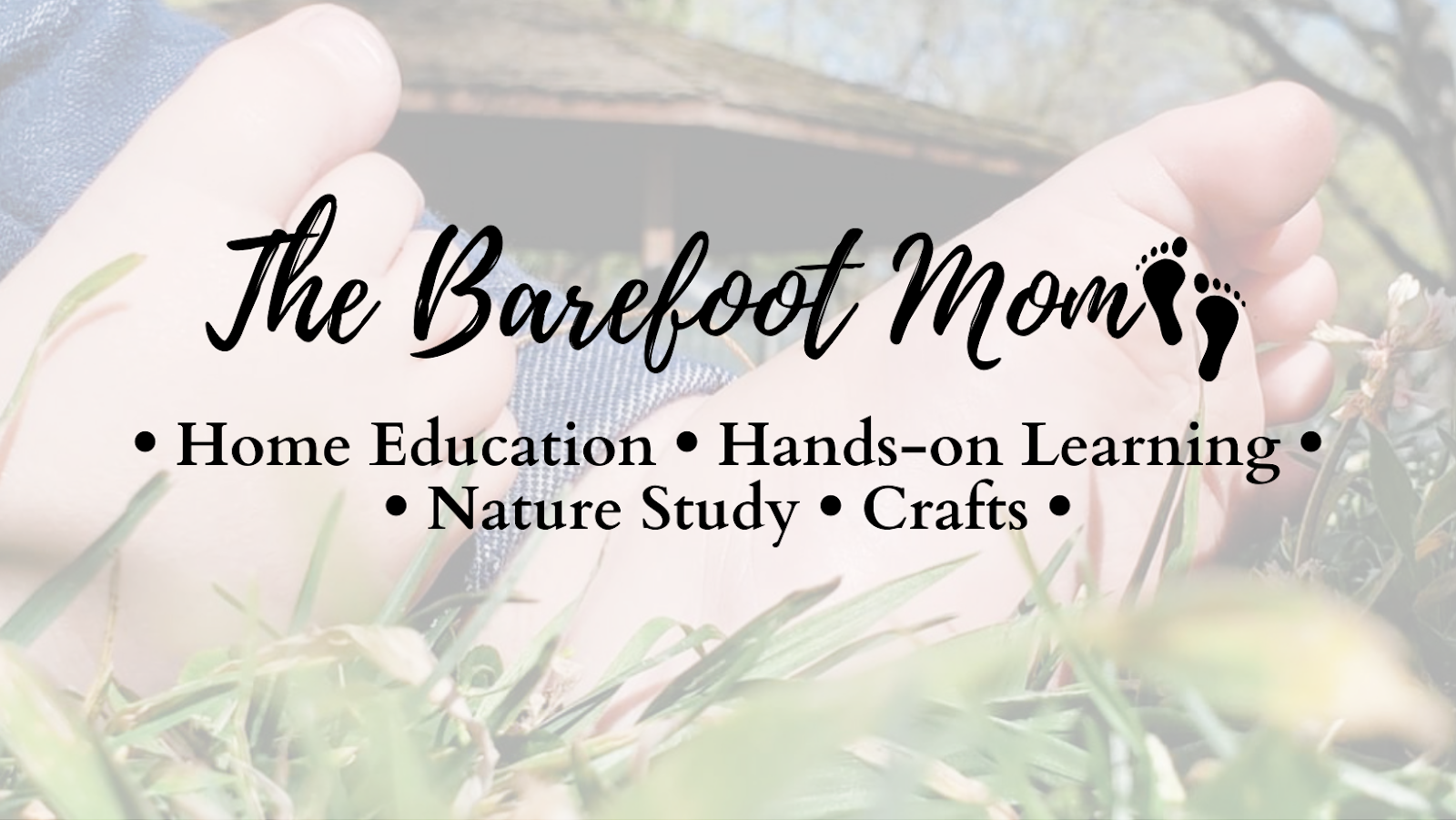Do your kids enjoy collecting acorns in the fall? Here are some fun learning activities that you can use them for!
•Learn to ID Oak Trees by Their Acorns
There are about 90 different species of oak trees in the United States. Get familiar with some of the species that grow in your area. Use a field guide or an ID app like iNaturalist to help you identify what species of oaks your acorns came from. Other features that can help with identification are leaf type and bark.
•Make a Bar Graph
Collect acorns of several different species. Then sort and count them. Use the data to make a bar graph (or some other type of graph).
•Use Acorns as Math Manipulatives
Collect some acorns. Avoid acorns with holes or rot. Use them as math manipulatives.
•Make Acorn Flour
Collect acorns and use them to make acorn flour. Oak tree species are divided into two groups, white oaks and red oaks. Acorns from white oak species are preferable for making flour, as they are easier to process. The easiest way to tell the difference between white oaks and red oaks is by their leaves. White oaks have leaves with rounded lobes. They have light colored bark that often appears scaly or flaky. Red oaks have leaves with pointed, bristle-tipped lobes. They typically have dark colored outer bark with furrows that reveal a reddish colored inner bark.
Here are some links to check out with instructions for processing acorns and recipes:
-Forager Chef: How to Make Acorn Flour
-Forager Chef: Acorn Flour Recipes
•Plant an Acorn and Grow an Oak Tree
Collect a batch of acorns. Avoid acorns that have holes or that are damaged or rotted. Choose a couple of pots with good drainage and fill them with potting soil. Plant 1-2 acorns per pot, about 1-2 inches deep. Plant the acorns either on their side or pointy end down.
Leave the pots outside through the winter, keeping the soil moist. You may see seedlings sprout in as little as a few weeks, but also may not see seedlings until spring.
When the seedlings outgrow their pots, transplant them into your yard.
Here's a cool time-lapse video of an acorn sprouting: Oak Tree From Acorn Time-Lapse.
•Make Christmas Tree Ornaments
Collect some acorns that still have caps attached. Avoid ones with holes or rot (you don't want to bring any bugs or mold spores into your house). Paint them with acrylic paints or paint them with glue and then sprinkle with glitter. Hot glue a Christmas tree hook or a loop of string to the top and then hang them on your Christmas tree!
If you enjoyed this post, check out:
Autumn Leaf Themed Crafts and Learning Activities
Follow me on:




Comments
Post a Comment